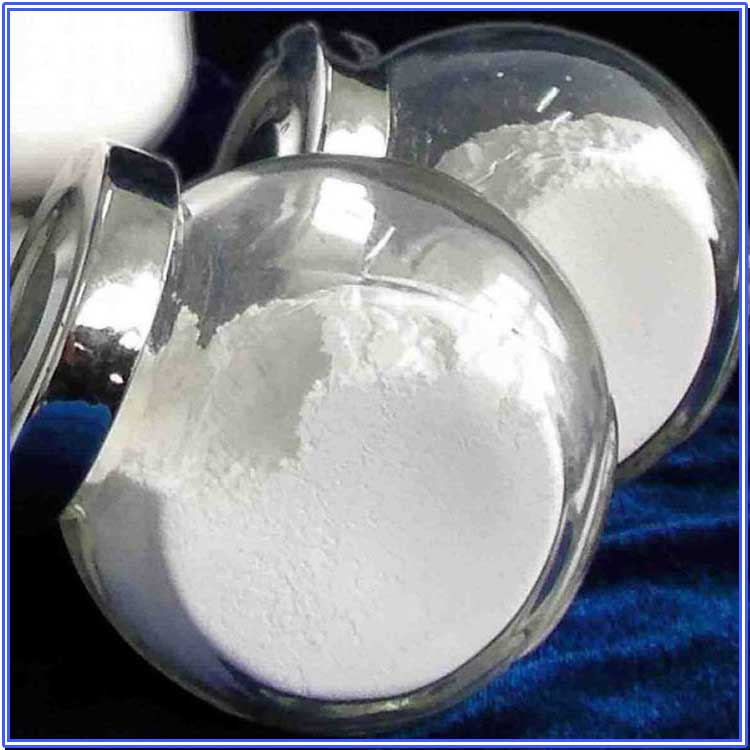Hebei Messi Biology Co., Ltd. stated that magnesium chloride is one of the substances with abundant content and high added value in brine. In addition to its own utilization value, other magnesium products produced with magnesium chloride as raw material also have very wide applications. High-purity magnesium oxide is one of them. At present, there are many methods for producing high-purity magnesium oxide. The pyrolysis of magnesium chloride is one of the most popular methods in recent years. In particular, it does not require any additives, has low production costs, is environmentally friendly, and has simple process flow. It has become the best choice for many companies to try to invest in large-scale production.

High-quality magnesium chloride hexahydrate crystals were prepared using Qinghai Salt Lake. Magnesium oxide products with high purity and stable properties were prepared by pyrolysis of magnesium chloride. The process parameters for preparing high-purity magnesium oxide are mainly divided into three parts. In the pyrolysis stage of magnesium chloride, the effects of pyrolysis time and pyrolysis temperature on the purity, activity and decomposition rate of magnesium oxide were investigated, and the relationship between the activity of magnesium oxide and its microstructure was explored. The study shows that as the pyrolysis temperature and pyrolysis time of magnesium chloride increase, the purity of magnesium oxide and the decomposition rate of magnesium chloride continue to increase, the activity of magnesium oxide continues to decrease, and the grain size continues to increase.
By exploring the pyrolysis reaction mechanism and kinetic parameters of magnesium chloride, a theoretical basis is provided for the production of high-purity magnesium oxide by pyrolysis of magnesium chloride. By studying the optimization conditions of pyrolysis and calcination of magnesium chloride, optimized design parameters are provided for the industrial production of high-purity magnesium oxide.
From the perspective of the relationship between magnesium oxide activity and grain size, pyrolysis temperature and pyrolysis time affect the crystallinity of magnesium oxide. With the increase of temperature and time, the crystal form of magnesium oxide tends to be complete, and the surface activation sites decrease, which is manifested as reduced activity.
In the impurity purification stage, the effects of single-factor variables such as washing temperature, washing time, stirring rate and solid-liquid ratio on chloride ion removal rate and magnesium oxide purity were investigated, and the optimal purification parameters were obtained by designing orthogonal experiments: washing temperature 80℃, washing time 40min, stirring rate 830r/min, and solid-liquid ratio 0.05g/ml. The treatment in the calcination stage is to control the calcination conditions of the washed samples, such as calcination temperature and calcination time, and comprehensively analyze the conditions to obtain the optimized process parameters:
The calcination temperature is selected to be 650℃, and the calcination time is preferably 1 hour. The magnesium oxide content in the obtained product is greater than 99%, which meets the requirements of high-purity magnesium oxide and achieves the experimental purpose.
While preparing magnesium oxide, the thermal decomposition mechanism and thermal decomposition kinetics of magnesium chloride were also explored. Through TG-DTG analysis method and Doyle method, the apparent activation energy and frequency factor of the thermal decomposition reaction of magnesium chloride were obtained: E1=68.26KJ/mol, A1=7.59x105s-1E2=123.99KJ/mol, A2=1.38x1012s-1; E3=138.70KJ/mol, A3=6.70×1012s-1; E4=176.06KJ/mol, A4=3.41×1015s-1.
